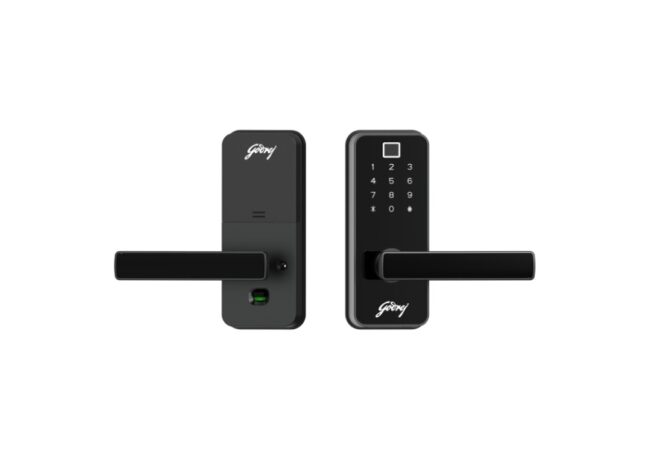
Comparing Different Asbestos Air Monitoring Methods: Which is Right for You?
Asbestos, once lauded for its fire-resistant properties, has evolved into a significant health concern due to its associated risks. Consequently, effective asbestos air monitoring is imperative in various industries to ensure a secure working environment and adherence to regulatory standards. This blog post delves deeper into the comparison of different asbestos-air monitoring methods, offering a comprehensive exploration of their strengths, limitations, and appropriateness for specific scenarios.
Different Methods for Monitoring Asbestos Containing Air
- Phase Contrast Microscopy (PCM)
Phase Contrast Microscopy (PCM) stands out as a widely utilized method in asbestos air monitoring. This approach involves collecting air samples on filters and scrutinizing them under a microscope. While PCM is deemed cost-effective and practical for routine monitoring, its principal drawback lies in its incapacity to differentiate between asbestos types. As a result, PCM may not provide the level of precision required for certain applications. Nevertheless, in construction or industrial settings where budget considerations are paramount, PCM remains a practical choice for routine monitoring.
- Transmission Electron Microscopy (TEM)
Transmission Electron Microscopy offers a higher resolution compared to PCM. This heightened resolution enables the identification of asbestos fibers with greater precision, and it has the capability to differentiate between asbestos types. The sophistication of TEM, however, comes at a cost – both monetarily and temporally. The financial investment and longer analysis time associated with TEM may be justified when precise identification is imperative, and budget constraints are secondary.
- Fourier Transform Infrared Spectroscopy (FTIR)
Emerging as a technological advancement in asbestos air monitoring, Fourier Transform Infrared Spectroscopy (FTIR) analyzes samples based on their molecular structure. This method can swiftly identify asbestos in air samples and provides results more promptly compared to TEM. The appeal of FTIR lies in its ability to strike a balance between accuracy and cost-effectiveness. However, its sensitivity may fluctuate based on the sample matrix. Thus, FTIR is an attractive option when seeking expedited results without compromising on reliability.
- X-ray Diffraction (XRD)
X-ray Diffraction (XRD) is another method employed in asbestos air monitoring. It identifies minerals, including asbestos, by analyzing the diffraction pattern of X-rays. While effective in pinpointing asbestos, XRD may not distinguish between asbestos types and can be influenced by sample impurities. This method is suitable for scenarios where cost is a concern, and precise asbestos typing is not the primary objective.
Factors Influencing Method Selection
- Budget Constraints
For organizations grappling with tight budgets, the allure of cost-effectiveness makes PCM and XRD more attractive options. These methods deliver reasonable results for routine monitoring but may lack the precision required for certain applications. Balancing financial considerations with monitoring needs becomes a crucial factor in method selection.
- Regulatory Compliance
Regulatory requirements play a pivotal role in dictating the acceptable methods for Asbestos Air Monitoring. Some jurisdictions mandate the use of specific methods or set minimum performance criteria. Ensuring compliance with these regulations is non-negotiable and significantly influences the choice of monitoring method. Organizations must align their monitoring practices with regional or industry-specific standards.
- Level of Precision Required
In scenarios where precise identification of asbestos types is paramount, TEM or FTIR may be the preferred options. These methods offer higher resolution and accuracy, but their implementation comes with an increased cost. Industries with an intensified focus on worker health and safety might prioritize these methods over more budget-friendly alternatives, emphasizing the importance of precision in monitoring.
Case Studies: Real-world Applications
To provide tangible insights into the practical application of these methods, let’s delve into case studies where different monitoring asbestos air methods were employed.
- Construction Site Monitoring with PCM
A construction company facing budget constraints opted for PCM for routine asbestos air monitoring on their sites. While PCM didn’t provide detailed asbestos typing, it successfully detected elevated asbestos levels, prompting necessary safety measures. In this scenario, the cost-effectiveness of PCM aligned seamlessly with the company’s routine monitoring needs, demonstrating its practicality in specific contexts.
- Industrial Facility Compliance with TEM
An industrial facility operating in a region with stringent asbestos regulations prioritized regulatory compliance and precision. Recognizing the need for accurate asbestos typing, they chose TEM despite its higher cost and longer analysis time. The facility considered the investment in TEM justified for the sake of employee safety and adherence to regulations, emphasizing the prioritization of precision in certain industrial contexts.
- Rapid Response Using FTIR
In a scenario requiring a swift response to a suspected asbestos release, a regulatory agency turned to FTIR for its quick results. While not as precise as TEM, FTIR provided sufficient information to assess the situation promptly and implement necessary control measures. The balance between speed and accuracy made FTIR the ideal choice for this time-sensitive scenario, highlighting its applicability in emergency situations.
Future Trends and Innovations
The realm of monitoring asbestos air continues to evolve, driven by technological advancements and innovations. New methods and technologies are continually being developed to address the limitations of existing ones. Nanotechnology and artificial intelligence are increasingly explored to enhance the efficiency and accuracy of asbestos detection methods. The future promises even more effective and efficient methods, further enhancing workplace safety and monitoring capabilities.
Concluding Words
Choosing the right asbestos air monitoring method is a nuanced process that involves a meticulous consideration of various factors. PCM, TEM, FTIR, and XRD each have their strengths and limitations, rendering them suitable for different scenarios. Real-world case studies offer valuable insights into the practical application of these methods, providing context for businesses and individuals seeking to ensure a safe working environment in asbestos-related industries.
As technology continues to advance, the future of asbestos air monitoring holds the promise of even more effective and efficient methods. This ongoing evolution underscores the importance of staying informed about the latest developments in monitoring technologies, ensuring that workplace safety remains at the forefront of industrial practices. In conclusion, a well-informed selection of monitoring asbestos air methods is pivotal for safeguarding both the well-being of workers and compliance with regulatory standards in industries dealing with asbestos.


